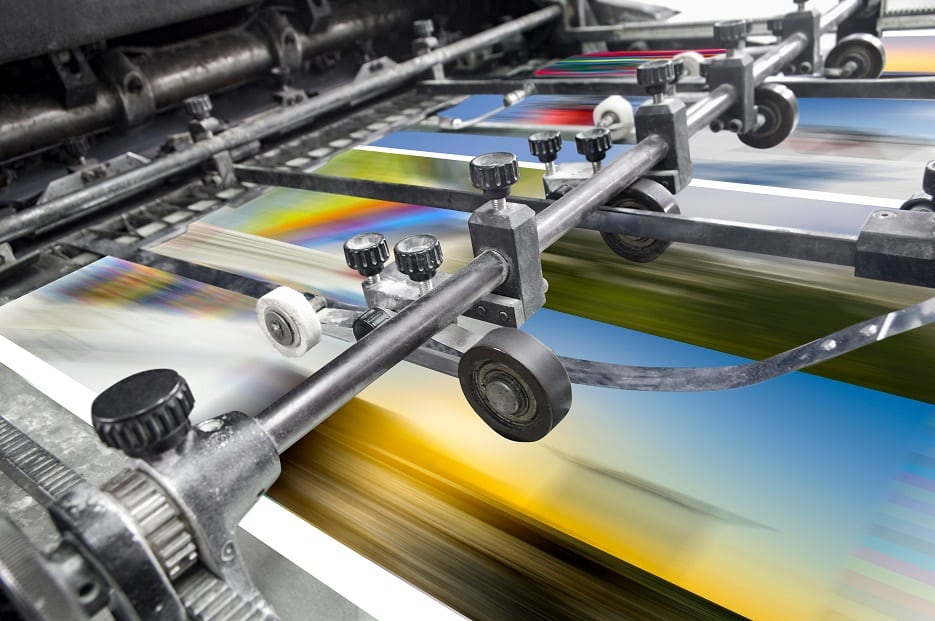In the ever-evolving world of publishing, offset printing stands out as a preferred choice for producing high-quality travel guides. This time-tested technique offers numerous benefits that are particularly advantageous for creating engaging and informative travel literature. In this article, we delve into why offset printing is essential for crafting exceptional travel guides, especially for business professionals and publishers who seek excellence in print.

The Basics of Offset Printing
Offset printing is a popular printing method where an inked image is transferred from a plate to a rubber blanket, and then to the printing surface. This technique is known for its ability to produce high-quality prints with sharp, vibrant colors, making it ideal for detailed and visually appealing travel guides.
How Offset Printing Works
The process begins with designing the layout of the travel guide. Once the design is finalized, it is transferred onto metal plates. These plates are then used to apply ink to the rubber blanket, which finally transfers the image onto the paper. This indirect printing method enhances the print’s quality and longevity.
Advantages of Offset Printing for Travel Guides
One of the key advantages of using offset printing for travel guides is its ability to handle large volumes with consistent quality. This is crucial for travel publishers who need to meet high demand without compromising on the visual appeal and accuracy of the guides.
Why Choose Offset Printing for Travel Guides?
Travel guides are not just books; they are companions for explorers. They need to be durable, visually attractive, and informative. Offset printing ensures that all these criteria are met.
Durability and Quality
The durability of a travel guide is paramount. With offset printing, the use of high-quality inks and papers ensures that the guides are sturdy enough to withstand the rigors of travel. The images and texts remain sharp and vivid, providing travelers with a reliable resource.
Cost-Effectiveness for Bulk Printing
For publishers, cost is a significant factor. Offset printing becomes more economical as the print volume increases, making it an ideal choice for travel guides that are printed in large quantities. This allows publishers to offer competitive pricing while maintaining high quality.
Design Flexibility with Offset Printing
Another reason why offset printing is suitable for travel guides is the design flexibility it offers. From intricate maps to detailed images of tourist attractions, this printing method can handle complex designs with precision.
Customization Options
With offset printing, publishers have a wide range of customization options. This includes choosing specific colors, paper types, and finishes that best suit the theme and style of the travel guide.
The Role of Offset Printing in Sustainability
In today’s world, sustainability is a key consideration. Many offset printing companies now use eco-friendly inks and recycled papers, making it a greener choice for publishing travel guides.
Eco-Friendly Practices
Choosing offset printing helps reduce the environmental impact. By opting for sustainable materials and practices, publishers can contribute to environmental conservation while producing top-notch travel guides.
Comparing Offset Printing with Digital Printing
While digital printing has its merits, offset printing remains the preferred choice for many publishers of travel guides. The key lies in the quality and cost-effectiveness that offset printing offers for larger print runs.
Quality and Consistency
Unlike digital printing, offset printing provides consistent quality across all copies of a travel guide. This consistency is crucial for maintaining the professional appearance of the guides.
Case Studies: Success Stories with Offset Printing
Many successful travel guides owe their appeal to the use of offset printing. These case studies highlight how this printing method has helped publishers create engaging and well-received guides.
Learning from Experience
By examining past successes, publishers can learn how to effectively utilize offset printing to enhance the quality and appeal of their travel guides.
Technological Advancements in Offset Printing
Recent technological advancements have further enhanced the capabilities of offset printing, making it an even more attractive option for travel guide publishers.
Innovations in Printing Technology
From improved ink formulations to advanced printing presses, these innovations continue to elevate the quality and efficiency of offset printing.
Conclusion
In conclusion, offset printing is a powerful tool for creating high-quality travel guides. Its ability to deliver vibrant, durable, and cost-effective prints makes it a preferred choice for publishers. By leveraging the benefits of offset printing, publishers can produce travel guides that not only inform but also inspire.

FAQ Section
What makes offset printing ideal for travel guides?
Offset printing is ideal for travel guides due to its high-quality output, cost-effectiveness for large volumes, and ability to handle detailed designs.
How does offset printing compare to digital printing?
While digital printing is suitable for smaller runs, offset printing offers superior quality and consistency, especially for larger print volumes.
Is offset printing environmentally friendly?
Yes, many offset printing processes now use eco-friendly inks and recycled papers, making it a more sustainable option.
For more information on offset printing, visit Ordant.
Explore further insights on offset printing here and understand its significance in the printing industry.
This article contains affiliate links. We may earn a commission at no extra cost to you.







